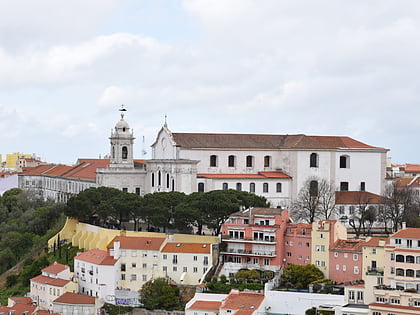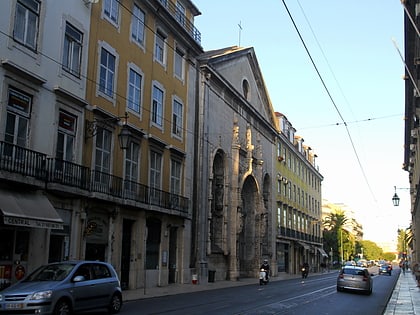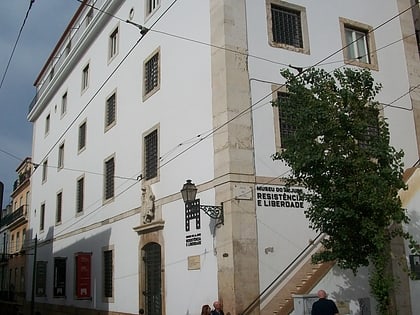Ombu, Lisbon
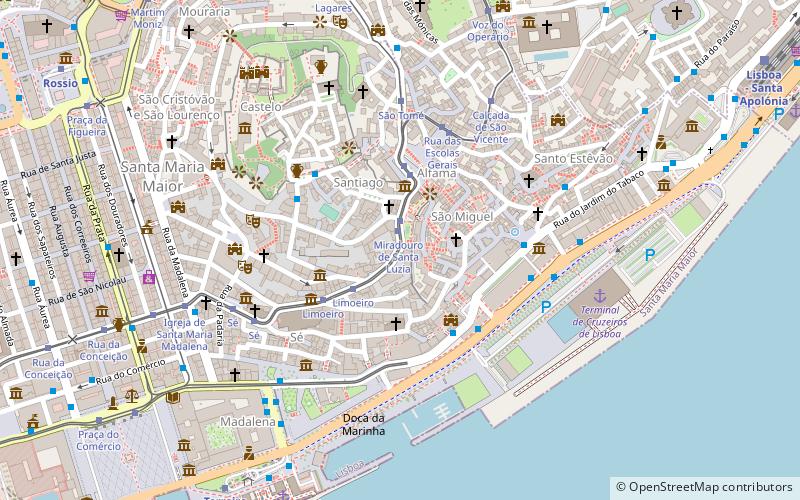

Facts and practical information
Phytolacca dioica, commonly known as ombú, is a massive evergreen tree native to the Pampa of South America. As its specific epithet suggests, it is dioecious, with male and female flowers on separate plants. It has an umbrella-like canopy that spreads to a diameter of 12 to 15 meters and can attain a height of 12 to 18 meters. Because it is derived from herbaceous ancestors, its trunk consists of anomalous secondary thickening rather than true wood. As a result, the ombú grows fast but its wood is soft and spongy enough to be cut with a knife. These properties have led it to be used in the art of bonsai, as it is easily manipulated to create the desired effect. Since the sap is poisonous, the ombú is not grazed by cattle and is immune to locusts and other pests. For similar reasons, the leaves are sometimes used as a laxative or purgative. It is a symbol of Uruguay and Argentina, and of gaucho culture, as its canopy is quite distinguishable from afar and provides comfort and shelter from sun and rain. ()
Rua do LimoeiroSanta Maria Maior (Sé)Lisbon
Ombu – popular in the area (distance from the attraction)
Nearby attractions include: Arco da Rua Augusta, São Jorge Castle, Monastery of São Vicente de Fora, Lisbon Cathedral.
Frequently Asked Questions (FAQ)
Which popular attractions are close to Ombu?
How to get to Ombu by public transport?
Bus
- Miradouro de Santa Luzia • Lines: 10B, 737 (1 min walk)
- Largo do Contador-Mor • Lines: 737 (2 min walk)
Tram
- Miradouro de Santa Luzia • Lines: 12E, 28E (1 min walk)
- Limoeiro • Lines: 12E, 28E (3 min walk)
Metro
- Terreiro do Paço • Lines: Azul (9 min walk)
- Rossio • Lines: Verde (12 min walk)
Train
- Lisboa Santa Apolónia (12 min walk)
- Lisbon-Santa Apolónia Station (13 min walk)
Ferry
- Cais do Sodré • Lines: Ferries da Transtejo (25 min walk)

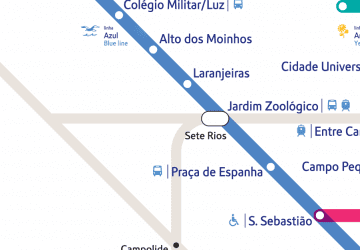 Metro
Metro






